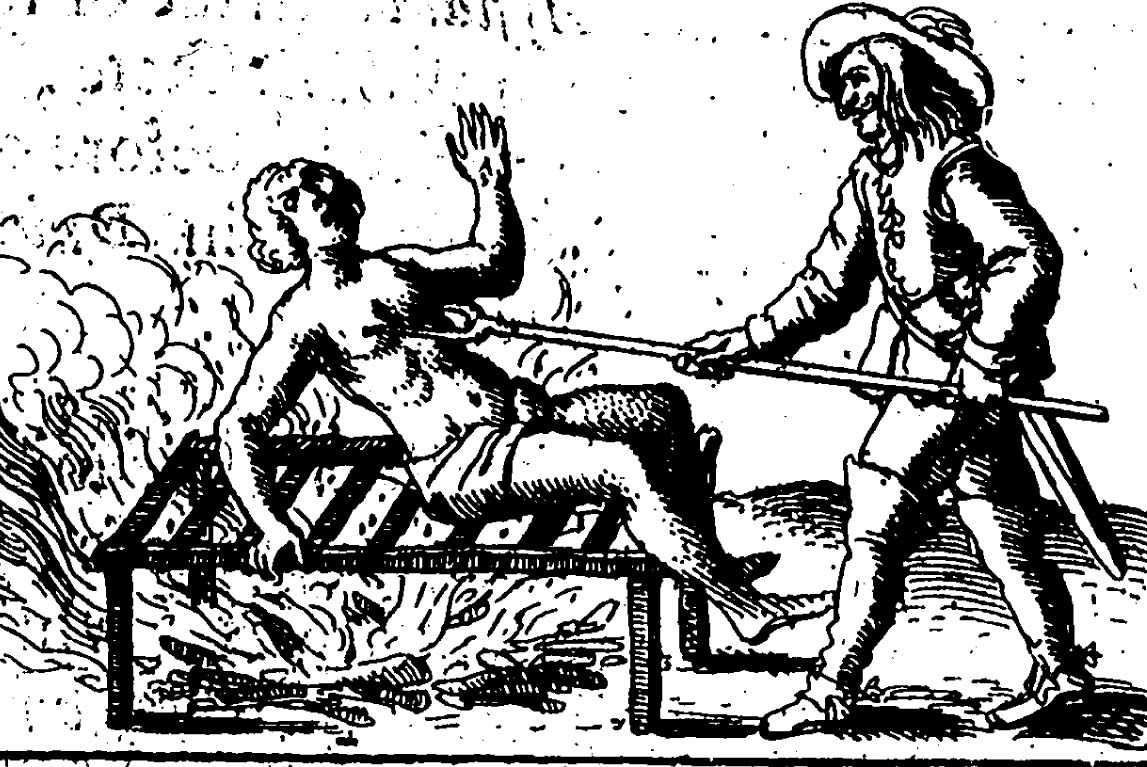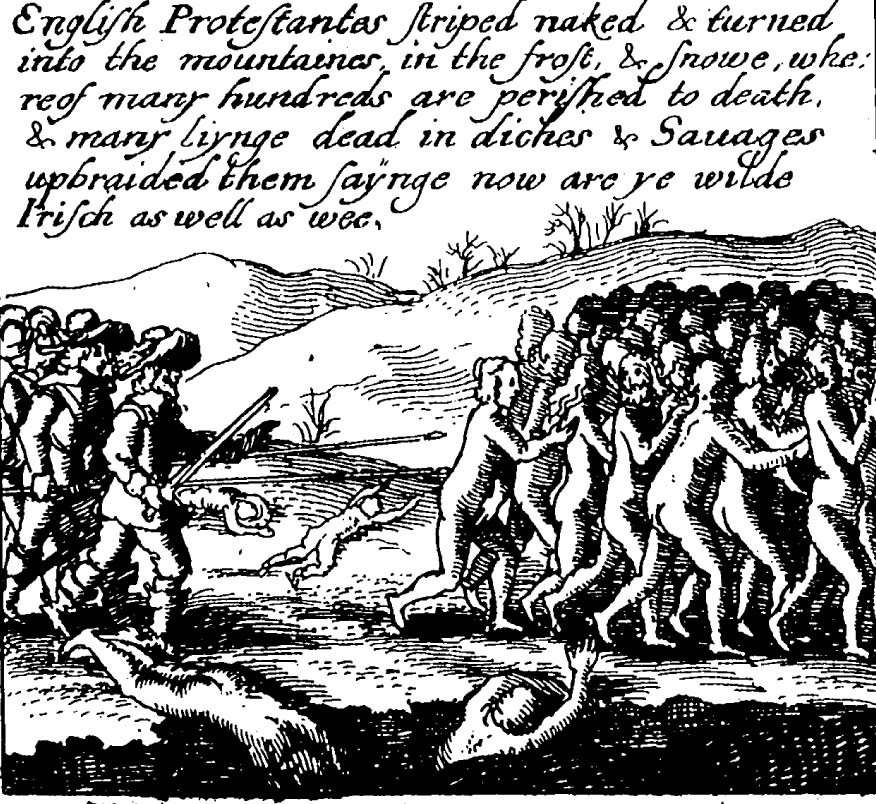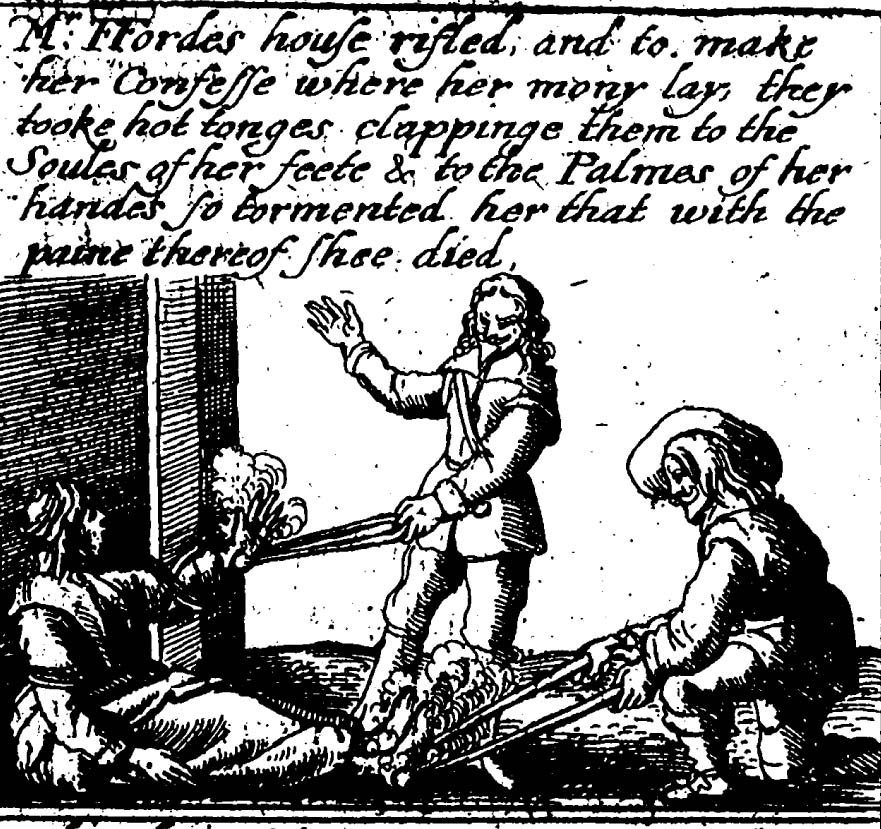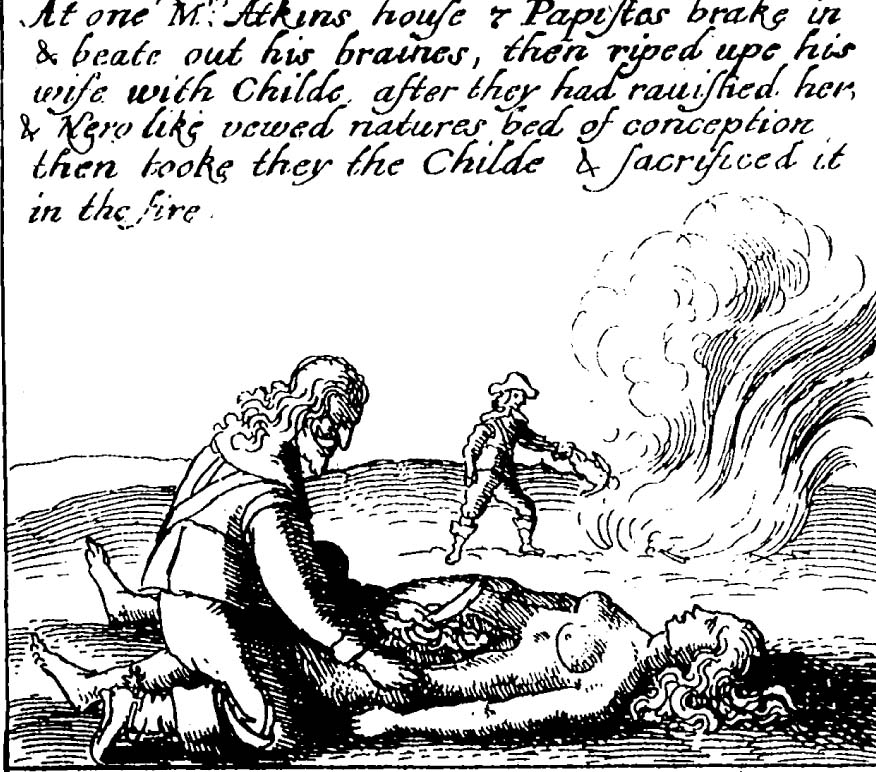How does a University change the World?
The Digitisation of the 1641 Depositions, Witness Testimonies of 1641 Irish Rebellion

The 1641 Depositions are witness testimonies by mainly Protestants, but also by some Catholics, from all social backgrounds concerning their experiences during the rebellion of the Catholic Irish in 1641. The testimonies document sometimes in vivid and harrowing terms the alleged crimes committed by the Irish Catholic insurgents, including torture, assault, stripping, imprisonment and murder as well as the loss of goods and military activity. This material that runs to 19,000 pages, contained in 31 volumes of linen rag paper and bound in buckram relates to almost every county in Ireland. There are over 8,000 depositions and examinations in which 90,000 people are named.
The Depositions relating to Ulster where the rebellion first began, are of particular importance and form a key element of our historical heritage. They constitute the chief evidence for the sharply contested allegation that the rebellion began with a general massacre of Protestant settlers. As a result, this material has been central to the most protracted and bitter of Irish historical controversies. In Ireland, both North and South, that controversy has never been satisfactorily resolved and successive generations have invented and re-invented the past in response to contemporary developments. Propagandists, politicians and historians have all exploited the Depositions at different times. The 1641 'massacres', like King William's victory at the Boyne (1690) and the Battle of the Somme (1916) have played a key role in creating and sustaining a collective Protestant/British identity in Ulster.
One of the best known Depositions was by Eleanor Price, a widow and mother of six from County Armagh, who was imprisoned by Irish insurgents after the rebellion broke out and whose five children were drowned in the River Bann at Portadown bridge in one of the worst atrocities committed in Ireland during these years. Iconic images of the drowning of Portadown bridge still adorn Orange Order banners.

"The said Captain and Rebels then and there forced and threw all those prisoners and amongst the rest of the deponents five children by name Adam John Ann Mary and Joan Price off the bridge into the water and then and there instantly and most barbarously drowned the most of them: And those that could swim and come to the shore they either knocked them in the hands and so after drowned them, or else shot them to death in the water. [sic]."
Making the Depositions available for widespread public scrutiny was therefore an important contribution to developing a shared understanding of the history of Ulster that was addressed through a major research project led by Trinity College Dublin in collaboration with the University of Aberdeen and the University of Cambridge. Such a body of material concerning early modern Europe is unparalleled elswhere. It provides a unique source of information for the causes and events surrounding the 1641 rebellion and for the social, economic, cultural, religious, and political history of seventeenth-century Ireland, England and Scotland.
In 1741 the 1641 Depositions were gifted by Bishop John Sterne to the Library of Trinity College Dublin. Eleven volumes contain depositions relating to Leinster, ten to Munster (seven of these cover County Cork), two to Connacht and eight to Ulster.
The challenge then was to transcribe and digitise the Depositions and make them publicly available online. The resulting three year (2007-2010) inter-institutional research project was one of the largest arts and humanities research projects conducted in Ireland and the UK. It has become a flagship digital humanities project receiving considerable funding under the Seventh EU Framework Programme (FP7) whose result are now accessible at at www.1641.tcd.ie

With the aid of leading edge technology the Depositions which are difficult to read, and in some cases virtually illegible with inconsistent spelling, grammar and punctuation and a wide variety of handwriting were painstakingly transcribed by researchers and digitised for all to read and study, academics and the general public alike. Researchers from Trinity's School of Computer Science and Statistics and IBM LanguageWare made a significant contribution to the project and a Trinity College campus company, Eneclann digitised the manuscripts and developed the website.
This material has also been arranged for publication in 12 volumes by the Irish Manuscripts Commission. The principal editor of the series is Emeritus Erasmus Smith’s Professor of Modern History at Trinity College, Aidan Clarke.
An exhibition 'Ireland in Turmoil: the 1641 Depositions', was hosted by Trinity College Dublin’s Old Library in 2010 showcasing the material. For the first time some of the most significant 1641 Depositions were on public display along with a rich collection of manuscript material, maps, contemporary pamphlets and printed works that document the sectarian tensions in colonial Ireland that erupted in 1641, the course of the rebellion, and the fallout that shaped the course of Irish political and social history over the following centuries.
The exhibition which was opened by the then President of Ireland, Mary McAleese who was joined by the late Dr Ian Paisley aimed to raise awareness and promote greater understanding between the different traditions on the island of Ireland.
Speaking on the occasion of the launch, the former President of Ireland, Mary McAleese said: "The events of 1641 have been the subject of considerable dispute and controversy, with wildly divergent accounts in both the Catholic and Protestant historical narratives. Facts and truth have been casualties along the way and the distillation of skewed perceptions over generations have contributed to a situation where both sides were confounding mysteries to one another. That is why in these more chastened and reflective times, as we try to understand more deeply and generously the perspectives which have estranged us and as we try to reconcile, to be good neighbours, friends and partners across those sectarian divides, it is such a valuable thing to have access to this unique collection of witness testimonies from some of those who experienced the terror and horror of those tragic times."
Commenting on the significance of the research project, Trinity’s Erasmus Smith Professor of Modern History, Jane Ohlmeyer and one of the lead academics of the research programme said:

"A team of over 50 scholars, librarians and technologists worked on this project for three years. We hope that academics across the globe will use the 1641 Depositions and that citizen scholars in Ireland and the UK will turn to the Depositions as they search for their ancestors and reconstruct the histories of their local communities.The digitised material has also been introduced to schools through a new online history resource ‘1641 Depositions Bridge21 Website’ for second level students created by historians in collaboration with educational innovators Bridge 21 at Trinity College Dublin. The website contains 21st century learning activities around the 1641 Depositions, where second level students have access to primary historical records in the classroom.

